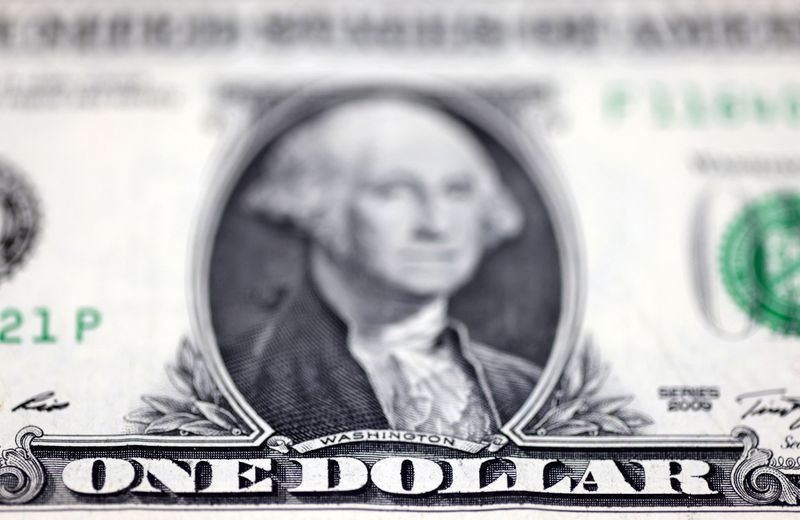Investing.com– Oil prices fell in Asian trade on Friday and were headed for a weekly loss as hawkish signals from the Federal Reserve and persistent concerns over slowing demand weighed.
Crude prices were pressured by a stronger dollar, as the greenback shot up to an over two-year high after the Fed flagged a slower pace of rate cuts in the coming year.
On the demand front, limited details on more stimulus measures in China and signs of cooling U.S. fuel demand also weighed.
Traders were also watching for a potential U.S. government shutdown, which is expected to disrupt travel and economic activity in large swathes of the country.
Brent oil futures expiring in February fell 0.5% to $72.49 a barrel, while West Texas Intermediate crude futures fell 0.5% to $69.07 a barrel by 20:09 ET (01:09 GMT).
Oil heads for weekly losses amid dollar pressure
Brent and WTI contracts were set to lose over 2% each this week, with a bulk of their losses coming over the past two sessions.
Crude was pressured by a stronger dollar, as the greenback surged on the prospect of U.S. interest rates remaining higher than initially expected in 2025.
The Fed cut rates by 25 basis points, as expected, but effectively halved its forecast for rate cuts in 2025, with policymakers now seeing only two potential cuts.
The Fed signaled caution over sticky inflation and resilience in the U.S. economy, as well as uncertainty over the potentially inflationary effects of policies under incoming President Donald Trump.
Demand woes, oversupply fears cloud oil outlook
Oil markets were also pressured by concerns over sluggish demand, especially in top importer China. China’s oil imports steadily trended lower in 2024, as economic growth in the country floundered amid persistent disinflation.
While China did flag plans to aggressively increase fiscal spending and boost growth, traders were awaiting more details on these plans. The country is the world’s biggest oil importer, and has been a major point of anxiety for oil markets in recent years.
On the supply front, the prospect of increased production in the U.S. also kept traders on guard over a potential glut in the coming year. Trump has vowed to increase domestic oil production.
But Trump could also adopt a stricter stance on Iran, introducing tighter sanctions on the country’s oil exports. Such a scenario could potentially tighten global supplies, especially as the Organization of Petroleum Exporting and allies recently signaled it will extend ongoing production cuts.









